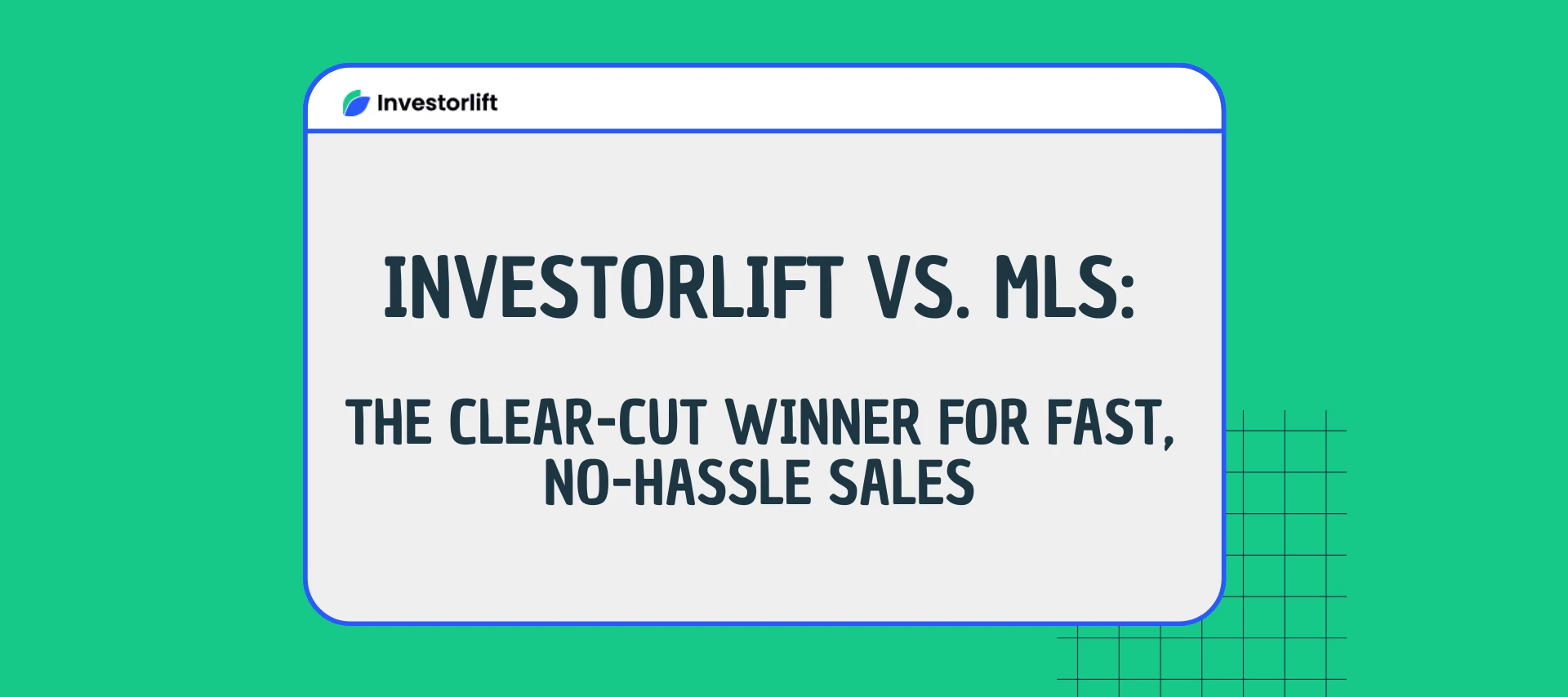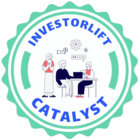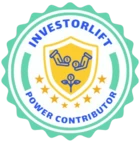When choosing a method to sell a property, it’s critical to select the platform that best suits your goals, timeline, and the condition of your property. This article clearly outlines the differences between MLS and Investorlift, using specific, well-structured insights to help you make an informed decision.
Platform Suitability Based on Property Condition
Each platform is designed for different types of property conditions and seller objectives.
-
MLS:
-
Best suited for retail-ready homes
-
Homes should be clean, updated, and visually appealing
-
Appropriate for traditional homebuyers seeking move-in-ready residences
-
-
Investorlift:
-
Optimized for distressed, fixer-upper, or off-market properties
-
Ideal for sellers looking for quick, no-hassle transactions
-
Commonly used for properties not suitable for conventional lending
-
Expected Timeline for Completing a Sale
Sales timelines differ significantly between MLS and Investorlift.
-
MLS:
-
Sales typically take weeks to several months
-
Delays may arise due to inspections, buyer mortgage approvals, and appraisal processes
-
-
Investorlift:
-
Properties are often sold within hours to a few days
-
Fast turnaround made possible by cash buyers and minimal due diligence
-
Types of Buyers
The buyer demographics vary depending on the platform.
-
MLS:
-
Attracts retail buyers, including individuals and families
-
Also accessible to investors, though not the primary audience
-
-
Investorlift:
-
Exclusively targets real estate investors
-
Buyers are typically looking for value-add opportunities, flips, or rental assets
-
Procedural Requirements for Showings, Inspections, and Contingencies
MLS and Investorlift differ in their procedural complexity and seller requirements.
-
MLS:
-
Involves in-person showings, home inspections, and finance contingencies
-
May include repairs and negotiations before closing
-
-
Investorlift:
-
No showings or inspections required
-
Properties are sold as-is with no contingencies, streamlining the closing process
-
Commission Costs Associated With Each Selling Method
The cost of commissions directly impacts the seller’s net proceeds.
-
MLS:
-
Sellers typically pay 4–6% in agent commissions
-
Commission is split between listing and buyer agents
-
-
Investorlift:
-
No commission fees
-
Sellers retain full sale proceeds without agent involvement
-
Bank Financing Eligibility
Financing options for buyers differ depending on the platform.
-
MLS:
-
Properties are generally bank financeable
-
Suitable for buyers using conventional, FHA, or VA loans
-
-
Investorlift:
-
Not bank financeable
-
Transactions are funded through cash or private lending sources
-
Summary Table: Feature Comparison
| Feature | MLS | Investorlift |
|---|---|---|
| Ideal for | Retail-ready homes | Fixers / distressed / fast sales |
| Time to sell | Weeks to months | Hours to days |
| Buyer type | Retail buyers / Investors | Investors only |
| Showings & Inspections Required? | Yes | No |
| Finance Contingencies? | Yes | No |
| Agent Commissions | 4–6% | $0 |
| Bank Financeable? | Yes | No |
Contact Support
If you still have questions or encounter issues, we're here to help.
Contact Us:
-
Wholesaler Support (email): support@investorlift.com
-
Live Chat: Available in your bottom-right corner
🗣Your feedback is valuable to us! Scroll down and let us know if this content was helpful to you. Every rating helps us make our Help Center better for you.



